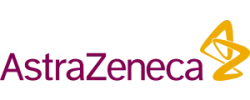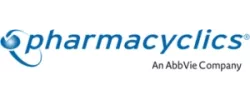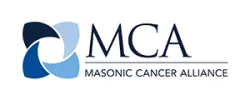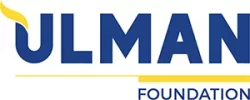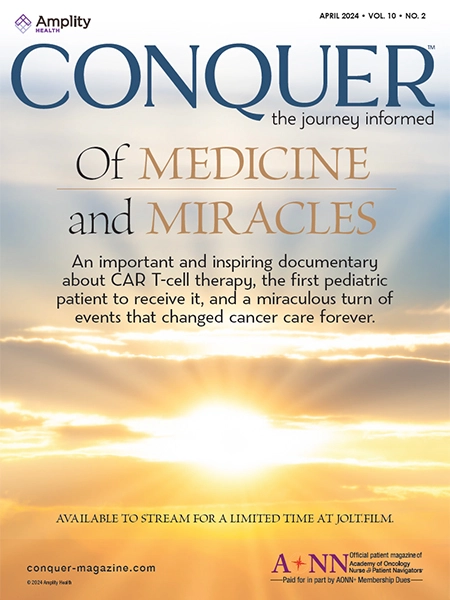If we don’t know where we’ve been, we may not understand where we are now, much less know where we are going. In the late 1970s and early 1980s, the government decided to implement major changes in how hospitals would be paid for providing inpatient care. Healthcare expenses were recognized as being out of control, even back then. Patients went to the hospital the day before their operation, spent the night, and stayed for many days afterward, until feeling well enough to go home. For a woman having a mastectomy, the average length of stay was 7 days. This healthcare finance system, named Prospective Payment, assigned codes to each diagnosis and procedure. Specific amounts of reimbursement were provided based on the patient’s diagnosis (including comorbidities) and procedures. The amount of money, along with a defined number of days allocated for the hospital stay, was tied to a specific diagnosis related group (DRG). When a patient exceeded that length of stay or maxed out on the dollar limit, the hospital finance department knew it would not be receiving any additional money for the care of that patient. Some exceptions, such as specific complications or comorbid conditions, would bump the patient into a higher paying DRG, but the system was quite imperfect. If, however, the patient was discharged before the designated number of days and/or the expenses associated with the care were less than the DRG payment, the hospital would make additional profit.



